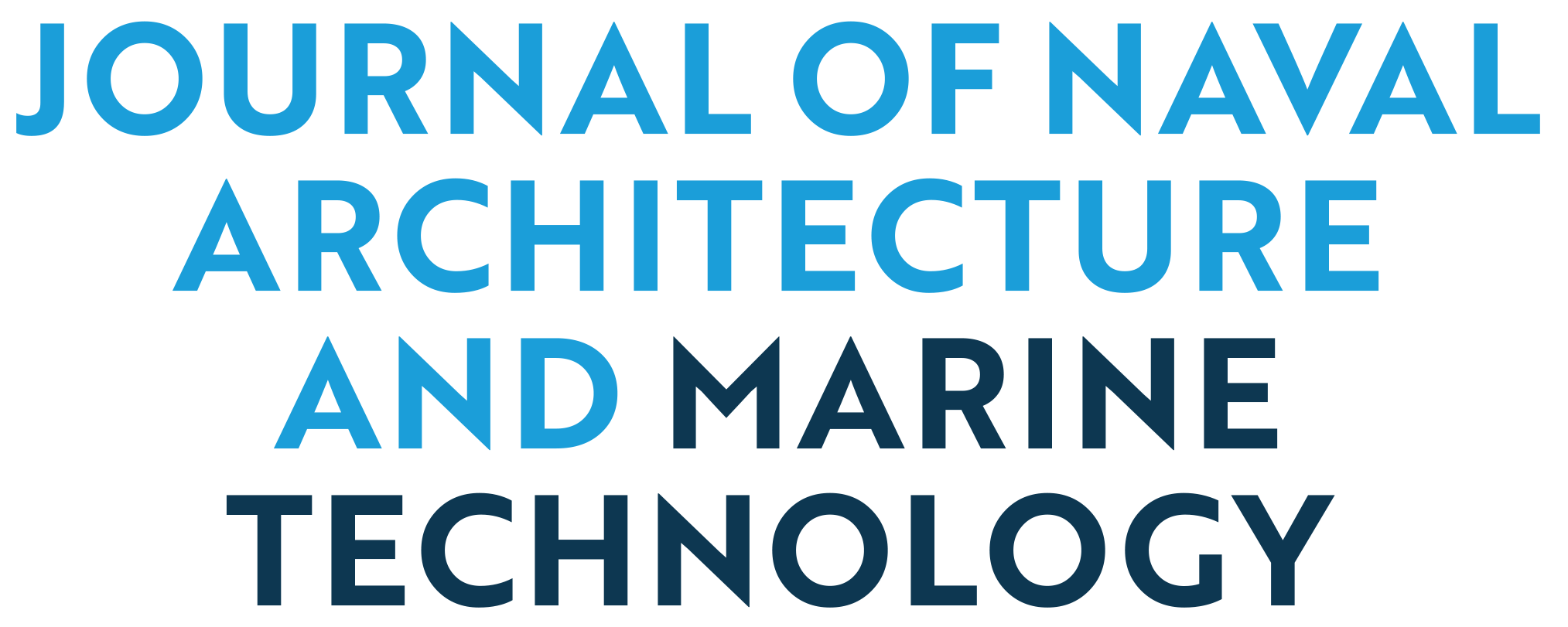ABSTRACT
Determining the most efficient ship routes is crucial to ensuring both safety and fuel savings during voyage planning. Great circle navigation and weather routing are the two most common methods used by navigators for ocean crossings. Great circle navigation is renowned for its potential to save time and fuel by following shorter routes over long distances; however, it may expose vessels to adverse weather conditions and sea states owing to navigation at higher latitudes. However, weather routing integrates pilot charts and meteorological data to identify safer routes, albeit potentially longer ones, minimizing the risks associated with rough weather. This study focuses on route planning for a handy-sized tanker that contracts a westbound Atlantic ocean voyage within a specific timeframe. The main objective of this study is to evaluate the efficacy of these two methods. The great circle route components were computed using spherical trigonometry equations, whereas weather routing planning relied on pilot charts and meteorological data. The environmental conditions were simulated and tested using a Transas Full Mission Simulator (NTPRO 4000). The results reveal that the WR method provides 21.3% higher energy efficiency the GC. The insights derived from this study contribute significantly to enhancing the operational efficiency and safety standards of commercial vessels.


